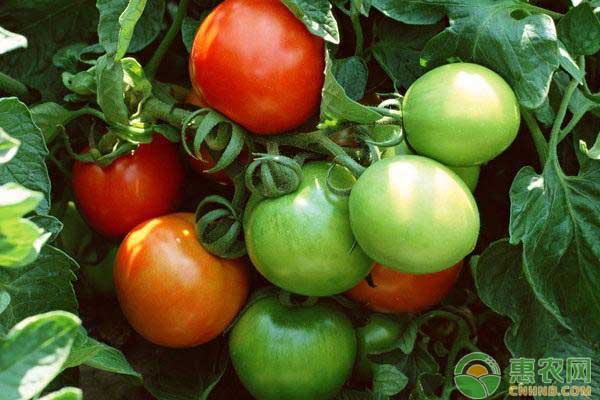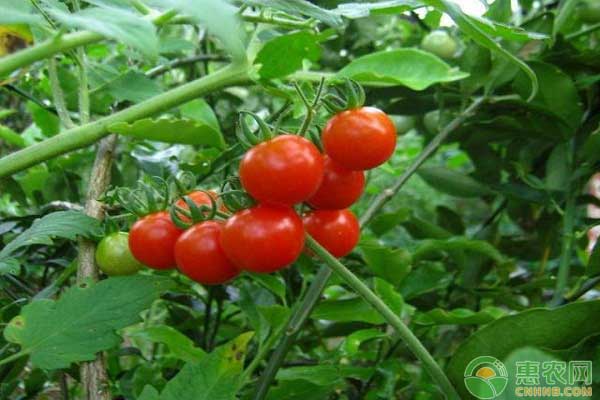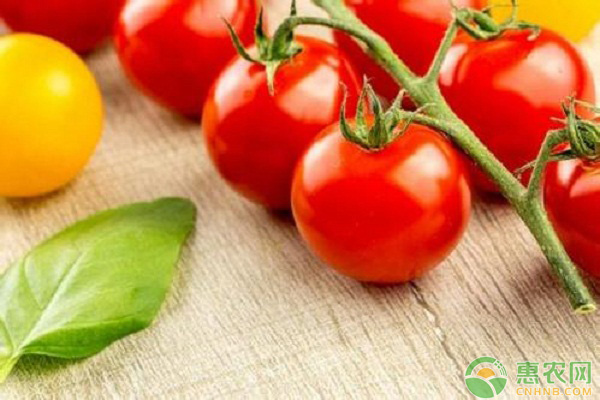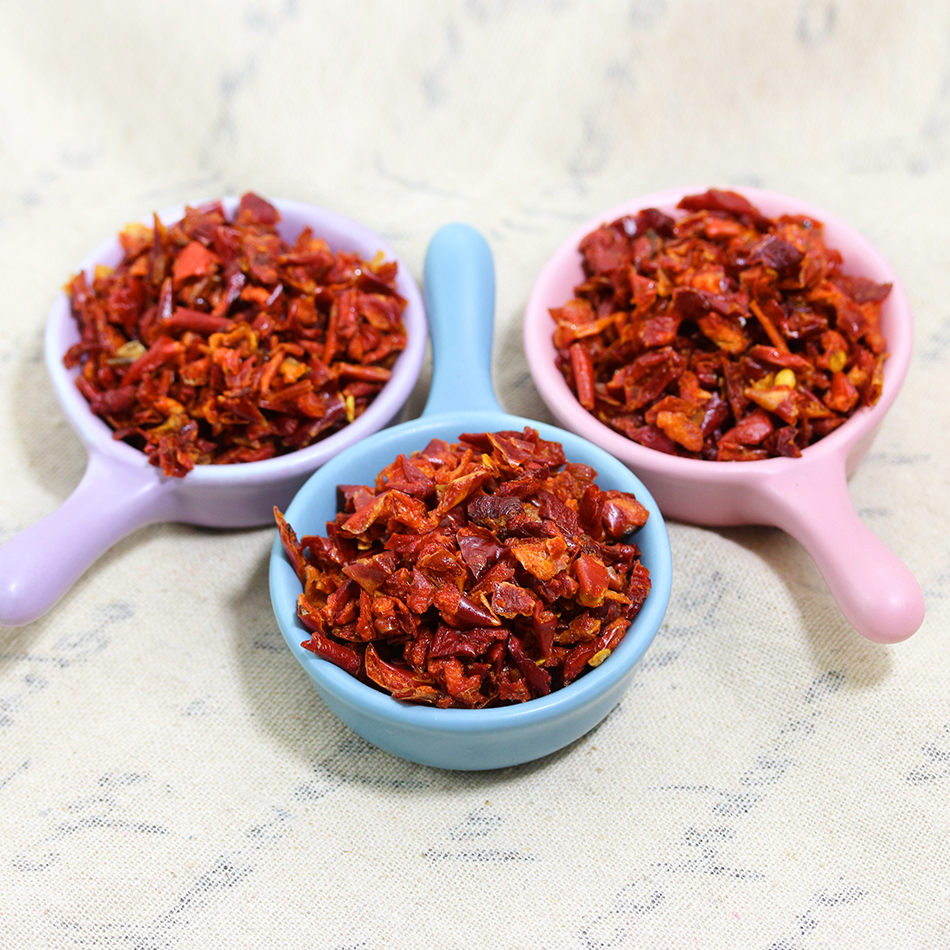How to grow a big tomato tomato? Master these tricks.
Tomato tomatoes are widely grown in the north of China. They are rich in nutrients. They are often eaten to supplement vitamin C. Ketchup is also very popular. In the tropics, tomatoes can be perennial, and domestically grown tomatoes are basically one or two a year. The roots of tomatoes are developed, usually transplanted, and the survival rate is very high. When transplanting, the depth should be moderate, too deep is not conducive to the growth of the roots, too shallow is not stable, heavy rain or windy seedlings may be washed away or blown down. Nowadays, many cultivations use the cover film to achieve the effect of heat preservation and moisturizing. After pouring water before planting, there is no need to water frequently, which is convenient for management. Tomatoes require water during the fruiting period, so the soil is moistened during the final period. Choose resistant varieties, plant high-yield, high-quality, disease-resistant, and stress-resistant varieties for planting. The choice of production base: good production environment, no pollution, convenient drainage and irrigation, deep and loose soil, fertile. Keep the air and irrigation water clean. Tomatoes have a relatively large demand for fertilizers. Therefore, it is necessary to ensure the supply of fertilizers. In the early stage, nitrogen fertilizers can be used to promote the growth of plants. Potassium fertilizer is applied in the later stage to promote the development of fruits. In the fruiting period, the supply of fertilizers must be ensured. In order to obtain high yields of tomatoes, it is necessary to pruning in time, leaving one or two flowers, and the rest are destroyed to prevent competition for nutrients. Biological control: use natural enemies of insects, pay attention to the protection of predatory insect natural enemies such as ladybugs, scorpion flies, grasshoppers, etc., to reduce aphids, red spiders, scale insects and other pests. Ecological control: Change the ecological environment of crops by adjusting the environmental conditions such as temperature, humidity and light in the place where crops are grown. Thereby achieving the effect of preventing the occurrence of pests and diseases. During the daytime, the air temperature is controlled at 32-35 degrees. After 2 o'clock, the air outlet is gradually increased to cool down and drain. The temperature in the evening is controlled at 18-20 degrees and the tuyere size is adjusted. The temperature in the morning is controlled at 12-14 degrees. Such high temperature during the day and low humidity at night can ensure the growth and development of tomatoes, and can inhibit the infection and development of leaf molds such as leaf mold and gray mold. Thereby achieving the effect of preventing diseases. Planting pollution-free tomatoes must master the planting environment and the prevention of pests and diseases, so as to ensure that growers can effectively produce high-yield and pollution-free tomatoes. Timely picking can maximize the planting benefits. If it is a long-distance transportation, you can choose to pick it when the fruit is partially red. If you sell it locally, you can wait until the tomato is half or more red. The fruit can also be picked and stored. After it matures, it will be sold again, staggering the peak period of listing and increasing the efficiency. When picking tomatoes for long distance transportation, do not bring fruit stalks, otherwise they will stab each other during transportation. Sweet pepper should be a very common vegetable, and it is also loved by the people. Moreover, this pepper has no spiciness, so it can be eaten by the elderly and children.
Then sweet peppers are generally used as side dishes. Sweet peppers have the effect of improving eyesight, improving immunity, and can also diuretic and stomach and so on.
Dehydrated Bell Pepper,Sweet Dehydrated Bell Pepper,Dehydrated Green Bell Pepper,Dried Red Bell Pepper Laian Xinshuyu Food Co., Ltd , https://www.xinshuyufood.com


